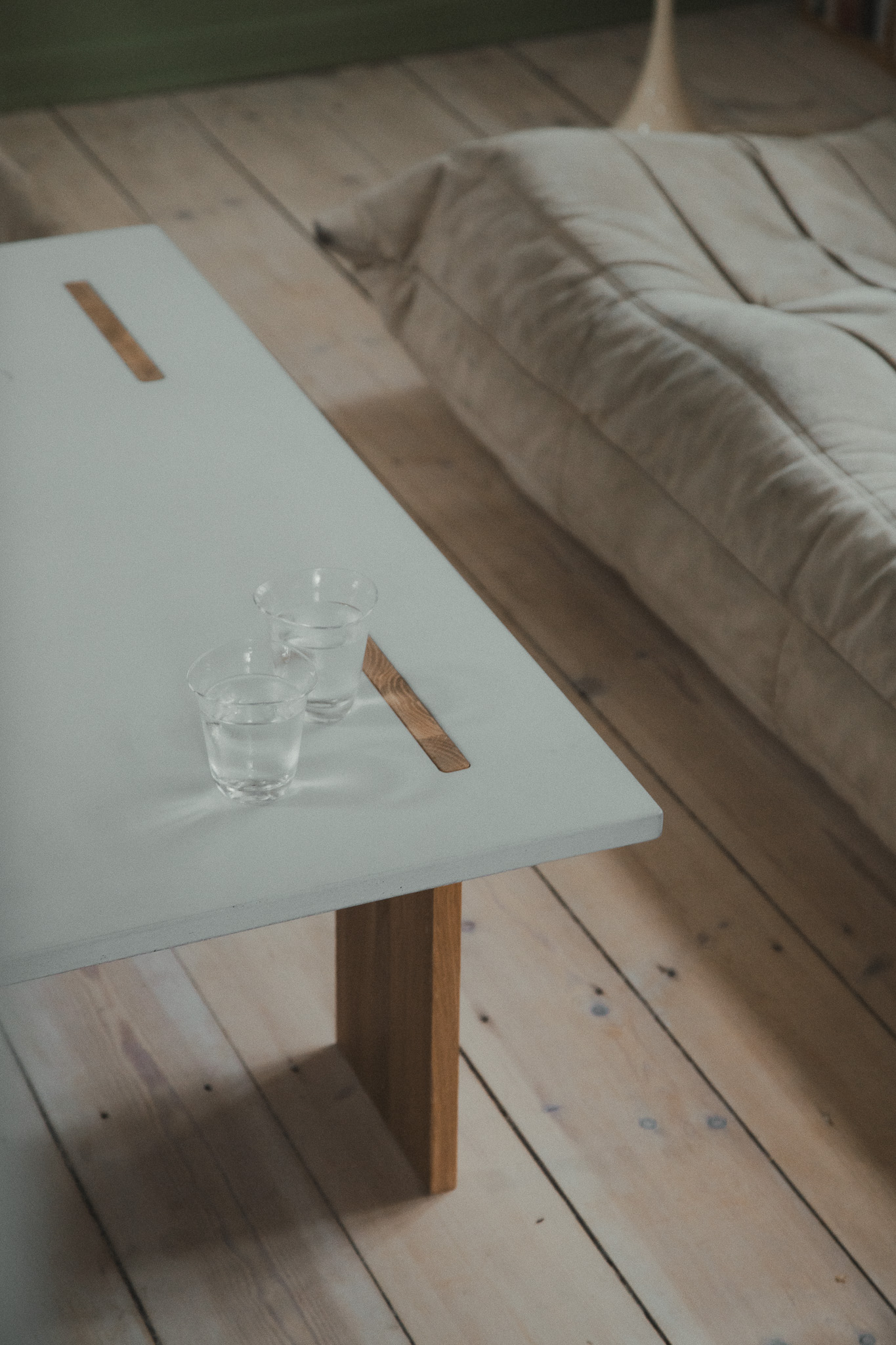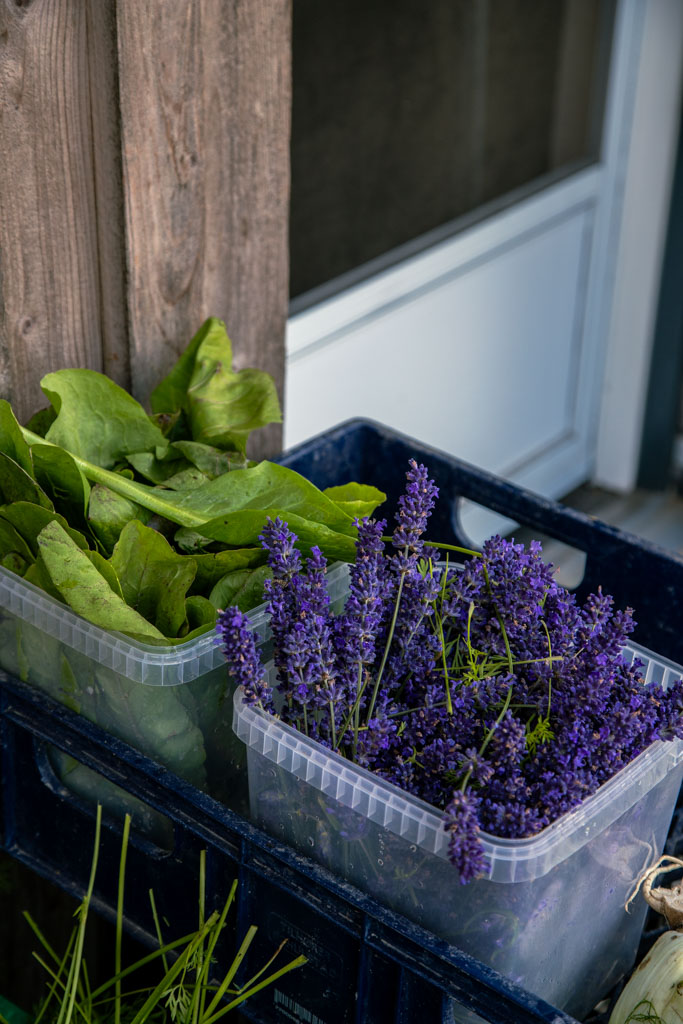As Eberhart Furniture celebrates its 10th anniversary, a milestone is marked with the launch of a new product that perfectly embodies the company ethos. With a dedication to timeless design and quality craftsmanship, Eberhart has expanded its collection with the introduction of the Thibault chair. We sat down with Rune Vigil Nielsen, co-founder of Eberhart Furniture, to discuss the inspiration behind Thibault and what this new addition means for the company.

What inspired you to introduce the Thibault chair at this particular moment?
"For us, it felt like a natural evolution. Over the past decade, we’ve established ourselves with a strong foundation in table design. However, we've always envisioned expanding our collection to include seating. The timing felt right, and Thibault, with its minimalistic design and robust functionality, is the perfect piece to represent this new chapter for us"
How does Thibault reflect your principles of making timeless designs and putting an emphasis on raw materials?
"Thibault is very much a continuation of the design philosophy we’ve held from the beginning. We’ve always believed in the beauty of simplicity—clean lines, simple geometries, and the natural elegance of raw materials. Thibault is a sleek, modern chair, but its design is deliberately minimalistic, ensuring it doesn’t follow fleeting trends. It’s timeless, just like the rest of our collection, and it’s built to last both in terms of durability and aesthetic appeal. The chair’s stackability is a practical feature that adds to its versatility without compromising on the design integrity"
What is it -in your opinion- that truly sets Thibault apart from other chairs?
"Thibault being a stackable chair made from solid wood is definitely a standout feature, the way I see it. It's incredibly easy to move and store when needed. But what truly sets it apart is the attention to detail in the craftsmanship and the adherence to European standards for both domestic and non-domestic use. This ensures that Thibault isn’t just a chair that looks good—it’s a chair built to endure, whether in a private home or large-scale interior projects"


As Eberhart is known for its tables, how do you see the Thibault chair fitting into your existing collection?
"Although we’ve made a name for ourselves with our tables, adding seating to our collection always felt like a natural next step. With Thibault, we’re confident that we’ve created something that complements our existing pieces while standing strong on its own. It’s a chair that captures the essence of Eberhart’s DNA. We see Thibault as a lasting part of our collection, something that will be appreciated by our customers for many years to come"
With Thibault out in the spotlight, what’s next for Eberhart Furniture?
"We’re always exploring new ideas and pushing the boundaries of what we can create. Thibault is just the beginning of our journey into seating, and we’re excited to see where it leads us. As we continue to grow, our focus will remain on creating pieces that reflect the same principles that have guided us for the past decade. "









































